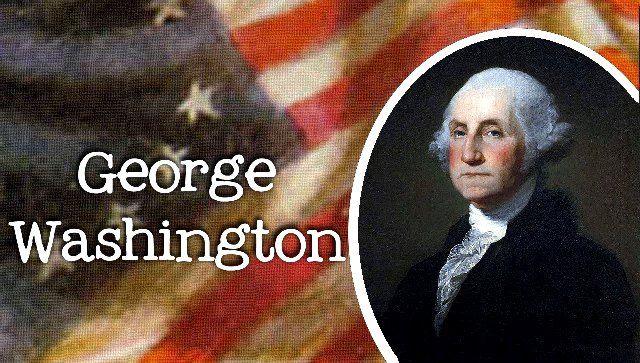George Washington
George Washington After much discussion, we decided that the next feature we should add is mini biographies about presidents, generals, and other important historical… Read More »George Washington
George Washington After much discussion, we decided that the next feature we should add is mini biographies about presidents, generals, and other important historical… Read More »George Washington
